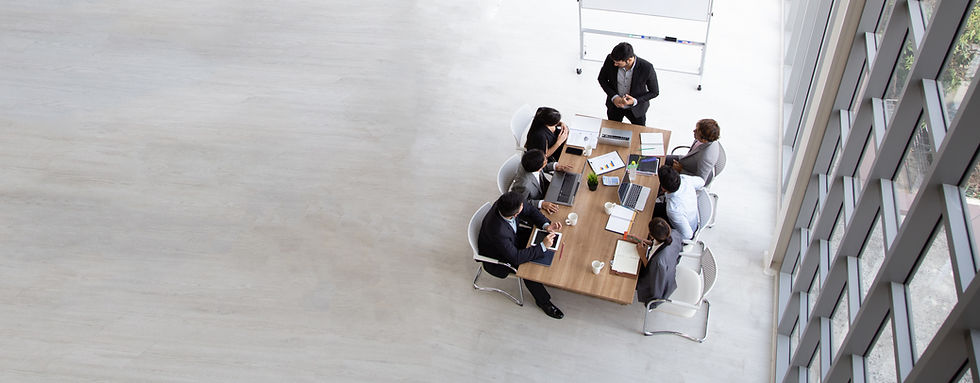Human Nature, Motivation, and Presentation
- MA Emma Kocmanek Dikyova, DipArt

- Apr 3, 2022
- 2 min read
Updated: May 24
for Retail News Magazine 4/2022
Our Energy Is Limited. The Better We Channel It, the More Effectively We Can Communicate.
“I hate perfection. It isn’t human.”— Erich Maria Remarque
Lazy by Nature? Maybe That’s a Good Thing
The claim that humans are inherently lazy may sound negative or even cynical. But what if laziness actually serves a positive evolutionary purpose?
Thanks to this natural tendency, we are driven to invest our energy in innovations and inventions that make life easier—whether in daily tasks or professional work.
Energy Efficiency as a Cognitive Strategy
Mental energy is limited. So we must decide how and where to invest it.
For instance, some of history’s most successful innovators wear nearly identical outfits every day. Why? To avoid wasting mental effort on trivial decisions.
Nature and our brains seek the path of least resistance. In presentations, this means using smart techniques to save both the audience’s and our own energy.
Use your limited time effectively—capture the maximum attention and mental focus within the shortest possible window.
Motivation and Meaning Are the Main Drivers
Motivation fuels us, but meaning gives us direction.People want to know quickly:
Why should I listen to you?
What’s in it for me?
Begin presentations with dynamism and impact—especially within the first few minutes. We’ve all sat through sluggish openings that let our minds wander.
When that happens, energy is wasted—for both the audience and the presenter.
A meaningful presentation with new insights will naturally motivate the audience to stay engaged.
Intrinsic and Extrinsic Motivation
People are driven by both:
External motivation (practical tasks, social standards), and
Internal motivation (inner desires and emotional needs).
Example:If a company needs new language training, the HR manager’s external goal is to fulfill company requirements. But internally, they may seek:
Recognition,
A sense of value,
Or a personal reward (such as finding the best service at the best price).
Effective presenters should highlight how their product or service addresses both external goals and internal fulfillment (status, satisfaction, recognition).
What Role Does the Flow State Play?
Psychologist Mihaly Csikszentmihalyi described the concept of Flow in his renowned book on the psychology of happiness.
Flow is the mental state where you're so deeply engaged in an activity that you lose awareness of time and space.
You don’t need to force your attention.
The task absorbs you.
Even basic needs can be temporarily ignored.
When people are in flow, their energy is naturally optimized.
Human Nature and Presentation
Understanding psychological insights allows us to better meet our clients' needs.
In presentations, we should aim to guide clients into a flow state through:
Effort,
Meaningful services, and
Useful products that improve their professional and personal lives.
Such experiences leave behind memorable impressions—both professionally and personally.
Final Thought: Human Nature
There’s often a big gap between:
What we say we want,
What we think we want, and
What we actually need or do.
That gap is often governed by unconscious processes—a fundamental part of human nature.
This article continues the series on presentation skills and attention by focusing on the core of human behavior: our imperfect, unconscious mind.



Comments